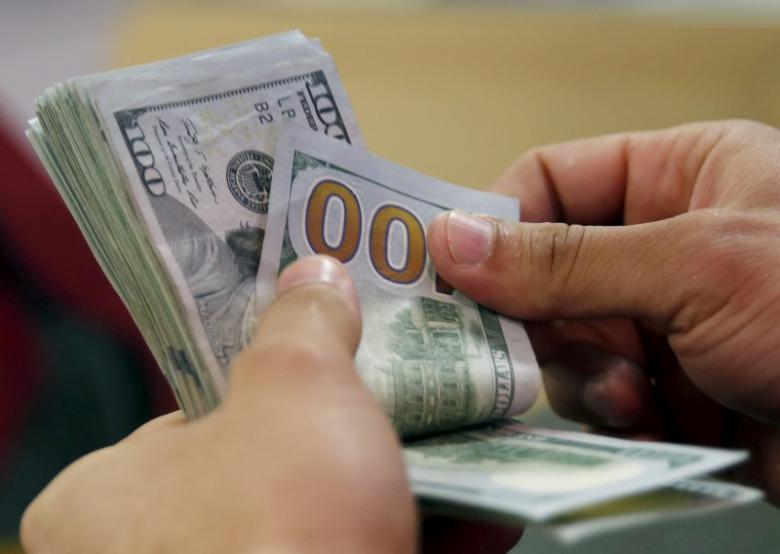
The fresh $700 million loan has been obtained at an interest rate of 4.47%, which is significantly lower than the return the country paid in the past on borrowings through Sukuk and Eurobonds.
The cost is also lower than what Pakistan paid on the $1 billion raised through a relatively cheaper mode of Islamic financing - Sukuk - in September last year.
World Bank concerned about debt sustainability
However, the loan has been got on a policy-based guarantee provided by the World Bank, which will charge 0.5% fee per annum for providing its shoulder. This will increase the overall borrowing cost to 4.97% - still better than previous issues. Pakistan also paid a one-time 0.25% upfront fee to the World Bank.
With the fresh borrowing, the government has so far got a whopping $3.6 billion in loans from foreign commercial banks since September last year.
Total borrowings in the past almost one year swelled to about $9 billion - the highest-ever in a single year in Pakistan’s history, although final figures will be available by the end of next month.
This also includes two $622 million loans of Asian Development Bank (ADB). Most of the $9 billion has been borrowed to pay off pervious loans.
The borrowing from foreign commercial banks is a new phenomenon introduced by the PML-N government after coming to power in mid-2013. This borrowing is done without competitive bidding, unlike raising money by floating international bonds.
World Bank Country Director for Pakistan Illango Patchamuthu also tweeted about the fresh loan.
“Past week two World Bank guarantees helped Pakistan secure over $1 billion in international commercial financing at very attractive rates,” he tweeted on Wednesday.
He said the World Bank guarantees helped expand market access and achieve better terms, saving $120 million in interest payments and increasing repayment period to 10 years from the usual three years. He did not elaborate on the savings.
In addition to the $700 million, the World Bank also provided guarantees for $350 million in commercial loan for financing the construction of Dasu dam.
The finance ministry had to borrow more to meet external requirements after disbursements under the Coalition Support Fund, foreign remittances and export receipts fell far below projections.
Pakistan’s external sector has come under immense pressure in the past one year due to a phenomenal increase in the current account deficit that widened to $9 billion from July to May excluding the impact of China-Pakistan Economic Corridor (CPEC)-related imports.
The government has not recorded about $4 billion worth of CPEC imports in the current account data as these payments are made outside of Pakistan banking channels.
The $9-billion deficit is double than the $4.5-billion projection, which has put pressure on the central bank’s foreign currency reserves. Former finance minister Dr Hafiz Pasha has called the overshooting of the deficit target by over 100% a “big error”.
The Monetary Policy Committee of the central bank that met on May 20 also acknowledged that the “external account situation remained under pressure” due to the widening of current account deficit, according to minutes of the committee meeting.
Foreign currency reserves held by the State Bank of Pakistan increased to $16.376 billion by June 23 following the release of three loans from the World Bank and the ADB.
Pakistan’s total external debt and liabilities increased to $76.7 billion at the end of March 2017, according to the central bank. The external public debt is put at $58 billion, but it is not reliable as the Ministry of Finance has twice amended the public debt definition in the past one year to understate the debt.
World Bank to finance solar power projects in Pakistan
For the outgoing fiscal year, the government had budgeted $2 billion in loans from foreign commercial banks. In revised estimates in May, the government increased the borrowing projection to $3.7 billion.
About 55% of foreign commercial loans - $2 billion to be precise - came from Chinese financial institutions.
For fiscal year 2016-17, the government had budgeted $8 billion in foreign loans, but it has now revised the estimate upwards.
Published in The Express Tribune, June 30th, 2017.
Like Business on Facebook, follow @TribuneBiz on Twitter to stay informed and join in the conversation.









1732486769-0/image-(8)1732486769-0-270x192.webp)







COMMENTS (14)
Comments are moderated and generally will be posted if they are on-topic and not abusive.
For more information, please see our Comments FAQ